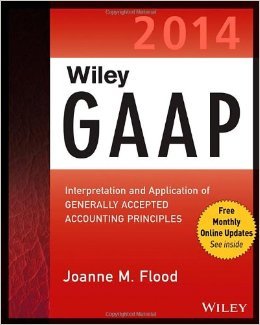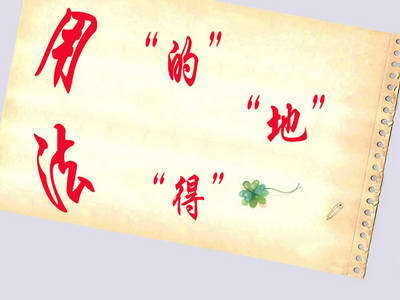Generally accepted accounting principles, or GAAP as they aremore commonly known, are rules for the preparation of financialstatements. Every publicly traded company must release theirfinancial statements each year. These statements are used byinvestors, banks and creditors to determine the financial health ofthe company and its suitability for investment or extension ofcredit. In order to properly compare and evaluate companies andtheir results, the financial statement must provide similarinformation in a similar format. Every country has its owngenerally accepted accounting principles, and all publicly releasedfinancial statements must comply with these rules.

Although there is no comprehensive list of generally acceptedaccounting principles, the structure is based around four keyassumptions, four basic principles and four basic constraints.
Four Key Assumptions
The key assumptions in generally accepted accounting principlesare: business entity, going concern, monetaryunit and time period principle. The business entityassumption is the idea that the business functions as a legal andfinancial entity separate from its owners or any other business.This assumption means that all the amounts shown as revenue orexpense in the financial statements are for the business alone anddo not include any personal expenses. "Going concern" is theassumption that the business will operate for the foreseeablefuture. This is important when calculating the values for assets,depreciation and amortization. The monetary unit assumption is thatall the amounts listed use one stable currency, and that anyamounts in another currency are clearly listed. "Time period"assumes that all the transactions reported did in fact occur withinthe time period as listed.
Four Basic Principles
The four basic principles in generally accepted accountingprinciples are: cost, revenue, matching anddisclosure. The cost principle refers to the notion that allvalues listed and reported are the costs to obtain or acquire theasset, and not the fair market value. The revenue principle statesthat all revenue must be reported when is it realized and earned,not necessarily when the actual cash is received. This is alsoknown as accrual accounting. The matching principle holds that theexpenses in the financial statement must be matched with therevenue. The value of the expense is included in the financialstatements when the work product is sold, not necessarily when thework or invoice is issued. Finally, the disclosure principle holdsthat information pertinent to make a reasonable judgment on thecompany's finances must be included, so long as the costs to obtainthat information is reasonable.
Four Basic Constraints
The four basic constraints in generally accepted accountingprinciples are: objectivity, materiality,consistency and prudence. The objective constraint statesthat all the information included in the financial statements mustbe supported by independent, verifiable evidence. When decidingwhat to include or exclude from the financial statements, thesignificance of the item must be considered under the materialityconstraint. If this information would be significant to areasonable third party, it must be included. The company isrequired to use the same accounting methods and principles eachyear under the consistency constraint and any variation must bereported in the financial statement notes. Under the constraint ofprudence, accountants are required to choose a solution thatreduces the likelihood of overstating assets and income.
Each country has a financial accounting standards board, whichworks closely with the boards in other countries to resolve commonproblems in a systematic, coherent way. There are severalinternational organizations encouraging the development of asingle, international board to administer a greater level ofuniformity in accounting standards around the world.
 爱华网
爱华网


